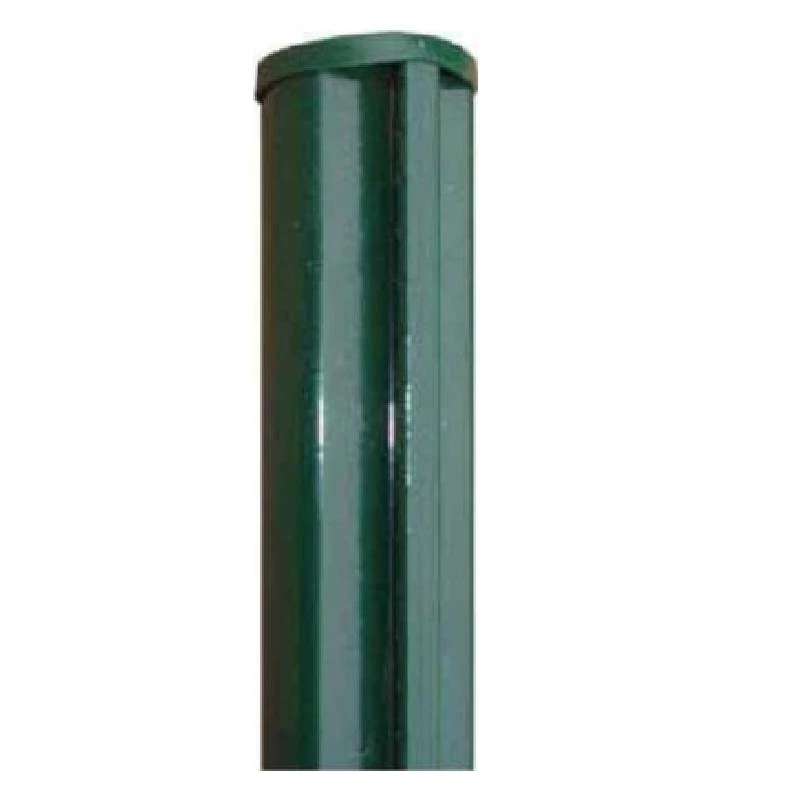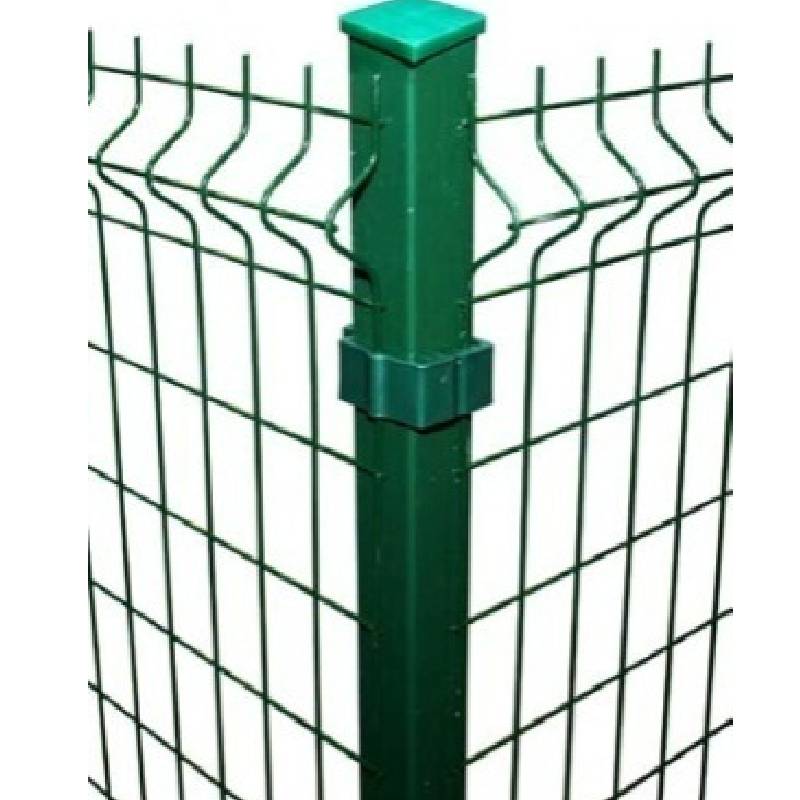-
Posta elektronikoa:zhao@hyliec.cn
-
Tel:+86 311 85273988
-
whatsAPP:8613931128750
-
 afrikarra
afrikarra -
 Albaniarra
Albaniarra -
 Amharikoa
Amharikoa -
 arabiera
arabiera -
 armeniarra
armeniarra -
 Azerbaijangoa
Azerbaijangoa -
 euskara
euskara -
 bielorrusiera
bielorrusiera -
 bengalera
bengalera -
 bosniarra
bosniarra -
 bulgariera
bulgariera -
 katalana
katalana -
 Cebuano
Cebuano -
 Korsikera
Korsikera -
 kroaziera
kroaziera -
 Txekiar
Txekiar -
 Danimarka
Danimarka -
 holandarra
holandarra -
 ingelesa
ingelesa -
 esperantoa
esperantoa -
 Estoniarra
Estoniarra -
 Finlandiera
Finlandiera -
 frantsesa
frantsesa -
 frisiera
frisiera -
 galegoa
galegoa -
 georgiarra
georgiarra -
 alemana
alemana -
 grekoa
grekoa -
 gujaratera
gujaratera -
 Haitiko kreolera
Haitiko kreolera -
 hausa
hausa -
 hawaiarra
hawaiarra -
 hebreera
hebreera -
 Ezetz
Ezetz -
 Miao
Miao -
 hungariera
hungariera -
 islandiera
islandiera -
 igbo
igbo -
 Indonesian
Indonesian -
 irlandera
irlandera -
 italiarra
italiarra -
 japoniarra
japoniarra -
 Javanera
Javanera -
 Kannada
Kannada -
 kazakh
kazakh -
 Khmer
Khmer -
 Ruanda
Ruanda -
 Korean
Korean -
 kurduera
kurduera -
 kirgizera
kirgizera -
 TB
TB -
 latina
latina -
 letoniera
letoniera -
 Lituaniera
Lituaniera -
 Luxenburgera
Luxenburgera -
 Mazedoniera
Mazedoniera -
 Malgashi
Malgashi -
 malaysiera
malaysiera -
 malayalamera
malayalamera -
 maltera
maltera -
 maoria
maoria -
 Marathia
Marathia -
 Mongoliera
Mongoliera -
 Myanmar
Myanmar -
 Nepaliarra
Nepaliarra -
 Norvegiara
Norvegiara -
 Norvegiara
Norvegiara -
 okzitaniera
okzitaniera -
 Paxtuera
Paxtuera -
 pertsiera
pertsiera -
 poloniarra
poloniarra -
 portugesa
portugesa -
 punjabera
punjabera -
 errumaniera
errumaniera -
 errusiera
errusiera -
 samoarra
samoarra -
 Eskoziako gaelikoa
Eskoziako gaelikoa -
 serbiarra
serbiarra -
 ingelesa
ingelesa -
 Shona
Shona -
 Sindhia
Sindhia -
 Sinhalera
Sinhalera -
 eslovakiera
eslovakiera -
 Esloveniera
Esloveniera -
 somaliera
somaliera -
 gaztelania
gaztelania -
 Sundanera
Sundanera -
 Swahilia
Swahilia -
 Suediera
Suediera -
 Tagalog
Tagalog -
 Tajik
Tajik -
 Tamila
Tamila -
 tatariarra
tatariarra -
 Telugu
Telugu -
 thailandiera
thailandiera -
 turkiera
turkiera -
 Turkmenera
Turkmenera -
 Ukrainara
Ukrainara -
 Urdu
Urdu -
 uigurrera
uigurrera -
 uzbekera
uzbekera -
 Vietnamera
Vietnamera -
 galesera
galesera -
 Laguntza
Laguntza -
 Jiddisha
Jiddisha -
 Yoruba
Yoruba -
 Zulua
Zulua
Esgrima Posta
What Type Of Fence Post Is Best?
The best type of fence post depends on various factors such as the type of fence, local climate, soil conditions, and personal preferences. Common options for fence posts include:
1. Round steel posts: Round steel posts are a traditional and versatile choice, suitable for various fence types. They can be treated to resist rot and decay, but may require maintenance over time.
2. Square steel posts and rabbet posts offer durability and strength, making them suitable for supporting heavy or high-security fences. They are resistant to rot and insect damage.
3. Steel round posts/ square posts/ rabbet with base plate: They are suitable to install on the concrete ground, and fixed by concrete nails.
What Size Is A Fence Post?
Fence posts come in various sizes, typically having Φ32 Φ34 Φ38 Φ48 Φ60 Φ80 for round steel posts and 40x40 60x60 40x60 60x60 80x80 100x100 etc for square tube posts in dimension. The specific size of a fence post depends on the type of fence being installed, the height and weight of the fence panels, and the local building codes or regulations. It's important to select the appropriate size of fence post to ensure stability and structural integrity for the specific fencing project. Consulting with a professional or referring to local building codes can provide guidance on the recommended size of fence posts for a particular application.
Fence Post FAQ:
What type of fence post is best?
The best type of fence post depends on various factors such as the type of fence, local climate, soil conditions, and personal preferences. Common options for fence posts include round steel posts, square steel posts and rabbet steel posts, posts with base plate or without base plate. Each type has its own advantages and considerations, so it's important to choose the most suitable option based on the specific requirements of the fence project.
What size is a fence post?
Fence posts come in various sizes, typically typically having Φ32 Φ34 Φ38 Φ48 Φ60 Φ80 for round steel posts and 40x40 60x60 40x60 60x60 80x80 100x100 etc for square tube posts in dimension. The specific size of a fence post depends on the type of fence being installed, the height and weight of the fence panels, and local building codes or regulations. It's important to select the appropriate size of fence post to ensure stability and structural integrity for the specific fencing project.
How to install a panel fence?
Paneling a fence involves several steps, including measuring and planning, installing the posts, attaching the panels, adding finishing touches, and performing regular maintenance. It's important to follow the manufacturer's instructions and local building codes when paneling a fence to ensure proper installation and compliance with regulations. If in doubt, it's advisable to consult with a professional or seek guidance from experienced individuals.






